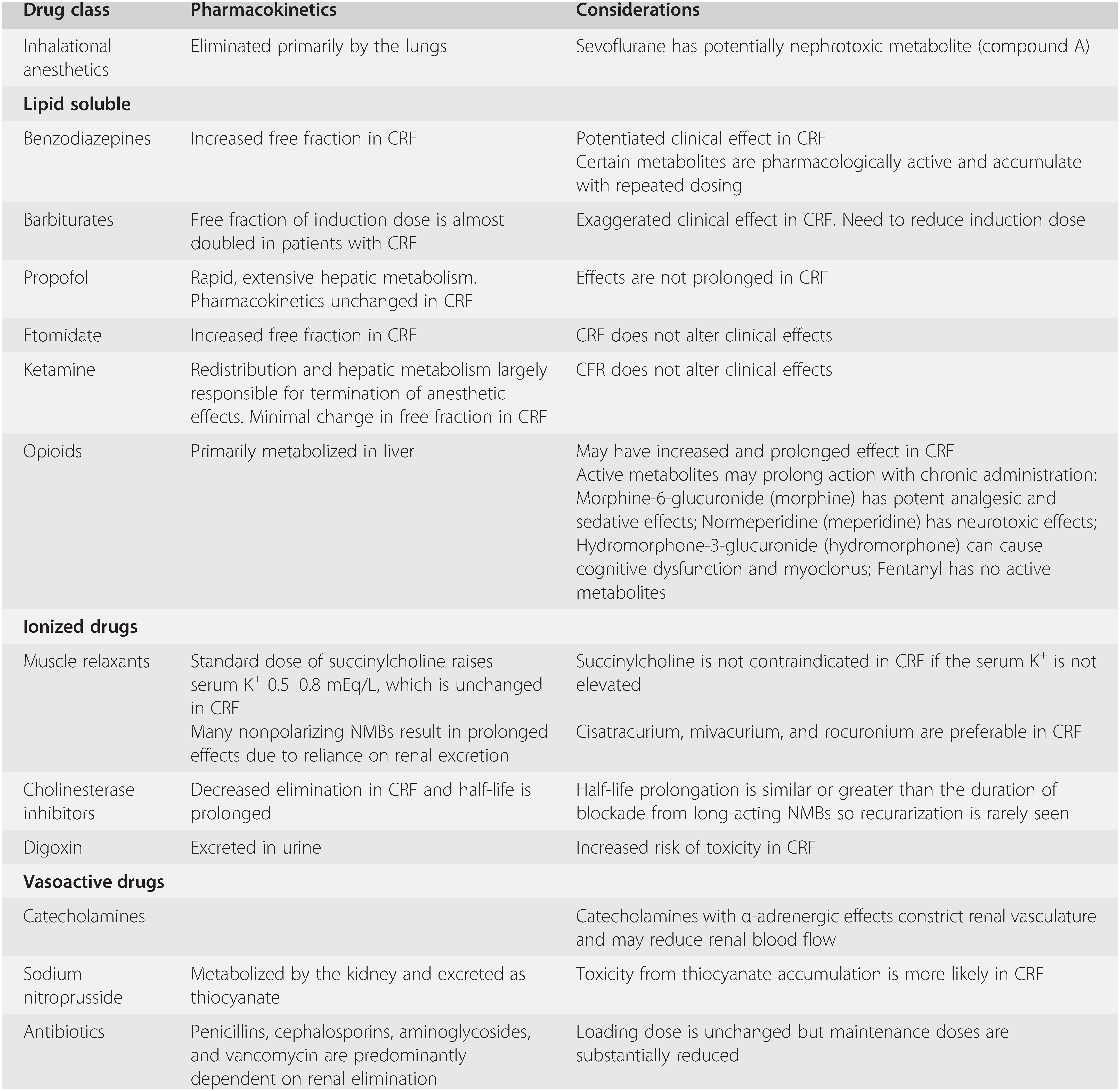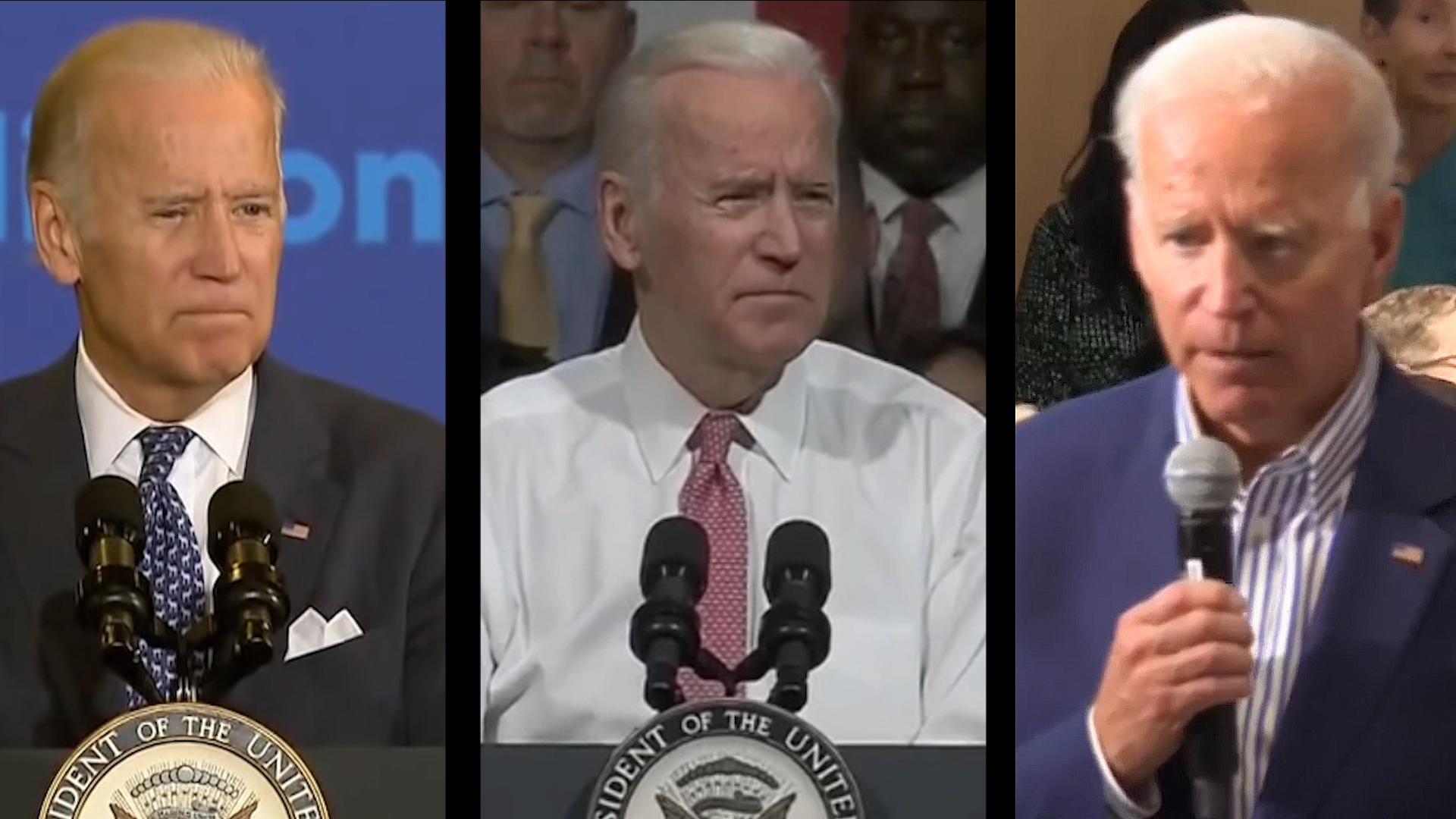The use of emergency medical cooling system pads in the treatment of malignant hyperthermia.
It is hoped that this and. 1 anesthetic risks, as detailed in the guidelines, result from dm effects that include: In case of any delays in giving the recommended treatment for malignant hyperthermia, the lower the chances of fully recovering from the condition. malignant hyperthermia treatment is simple. Ultane should not be used in patients with known sensitivity to sevoflurane or to other halogenated agents, or in patients with known or suspected susceptibility to malignant hyperthermia.

Trismus classically refers to reduced opening of the jaws caused by spasm of the muscles of mastication (temporalis, masseter, medial pterygoid and lateral pterygoid) trismus may also be used to refer to restricted mouth opening in general.
It is given by inhalation. "malignant hyperthermia (mh) is a biochemical chain reaction response triggered by commonly used general. There is, therefore, a theoretical risk that malignant hyperthermia and hypopp may be linked in some patients due to the proximity of their loci within the same gene. Because mh can develop in the absence of established triggering agents, the clinician should be prepared to recognize and treat mh in any patient undergoing general anesthesia. Postmarketing reports of malignant hyperthermia, some of which have been fatal, have occurred. The reaction is sometimes fatal. Adverse reactions clinical studies experience Mortality results directly from the dysautonomic manifestations of the disease and from systemic complications. Ultane can cause malignant hyperthermia. The anesthesia community has done well with several other challenges to practice (e.g. 4 = violent muscular activity that involves the whole body. Ultane can cause malignant hyperthermia. Reuse of openanesthesia™ content for commercial purposes of any kind is prohibited succinylcholine is contraindicated in persons with personal or familial history of malignant hyperthermia, skeletal muscle myopathies, known hypersensitivity to the drug, in patients after the acute phase of injury following major burns, multiple trauma.
Muscle weakness and skeletal abnormalities may benefit from physical therapy or surgery. Disconnect circuit from ett & Halothane, sold under the brand name fluothane among others, is a general anaesthetic. More common than malignant hyperthermia is. Cardiac arrests and deaths associated with malignant hyperthermia in north america from 1987 to 2006:

Henry rosenberg md, cpe april 20, 2015 adverse metabolic/muscular reaction to anesthesia reports (amras) received after january 1, 2007 and before december 31, 2013 in the north american malignant hyperthermia registry of the malignant hyperthermia association of the united states were examined with the goal of describing any.
Click this link to listen. Ultane can cause malignant hyperthermia. Anesthesia is a medical treatment that prevents patients from feeling pain during surgical procedures. Md talks with edward nemergut, md of openanesthesia.org about malignant hyperthermia during an interview that was recorded in january. The reaction is sometimes fatal. Ultane should not be used in patients with known sensitivity to sevoflurane or to other halogenated agents, or in patients with known or suspected susceptibility to malignant hyperthermia. malignant hyperthermia is a severe reaction to a dose of anesthetics. The introduction of cocaine as the first local anesthetic (la) in the late nineteenth century was soon accompanied by reports of its systemic toxicity. Has been used as a synonym for both trismus and tetanus. treatment depends on the severity of symptoms and is mainly supportive. With early diagnosis and appropriate treatment, the mortality rate approaches zero. If malignant hyperthermia is suspected, all triggering agents should be discontinued immediately. Postmarketing reports of malignant hyperthermia, some of which have been fatal, have occurred.
Cardiac arrests and deaths associated with malignant hyperthermia in north america from 1987 to 2006: Postanesthetic shivering (pas) is shivering after anesthesia. The key to understanding why anesthesia providers want so much information is knowing that many remote conditions (e.g. malignant hyperthermia (mh) is a pharmacogenetic disorder of skeletal muscle in which volatile anesthetics trigger a sustained increase in intramyoplasmic ca(2+) via release from sarcoplasmic. Postmarketing reports of malignant hyperthermia, some of which have been fatal, have occurred.

Muscle weakness and skeletal abnormalities may benefit from physical therapy or surgery.
Therapeutic effects:reduced secretions, increased hr anesthesia implications primary drug to reduce oral secretions perioperatively. Henry rosenberg md, cpe april 20, 2015 adverse metabolic/muscular reaction to anesthesia reports (amras) received after january 1, 2007 and before december 31, 2013 in the north american malignant hyperthermia registry of the malignant hyperthermia association of the united states were examined with the goal of describing any. The use of emergency medical cooling system pads in the treatment of malignant hyperthermia. The intensity of pas may be graded using the scale described by crossley and mahajan: It is caused by a rare, inherited muscle abnormality. 1 anesthetic risks, as detailed in the guidelines, result from dm effects that include: At our institution, most large ph are repaired through a left thoracotomy. Switch to manually using reservoir bag; Ventilate using bvm connected to 100% fio2 During surgery, if a patient starts experiencing signs of malignant hyperthermia after being given an anesthesia, the attending anesthesiologist needs to stop the triggering anesthetic. It is given by inhalation. Postmarketing reports of malignant hyperthermia, some of which have been fatal, have occurred. The symptoms of toxicity were frequently described as seizures or respiratory failure, but some cases also included accounts of adverse cardiac effects.
46+ Malignant Hyperthermia Treatment Openanesthesia Pics. Because rocuronium bromide is always used with other agents, and the occurrence of malignant hyperthermia during anesthesia is possible even in the absence of known triggering agents, clinicians should be familiar with early signs, confirmatory diagnosis, and treatment of malignant hyperthermia prior to the start of any anesthetic agent. It is hoped that this and. General anesthesia was induced with propofol, rocuronium, and remifentanil. In case of any delays in giving the recommended treatment for malignant hyperthermia, the lower the chances of fully recovering from the condition. Novak is an adjunct clinical professor in the department of anesthesiology, perioperative and pain medicine at stanford university, the medical director at waverley surgery center in palo alto, california, and a member of the associated anesthesiologists medical group in palo alto, california.






